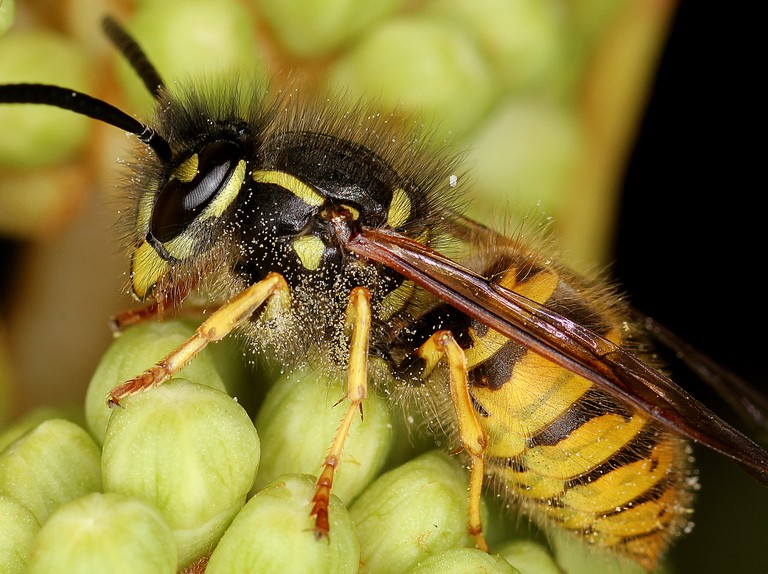
Wasps are insects that belong to the Hymenoptera order, which also includes bees and ants.
They are known for their painful stings and can be found all around the world. Understanding the life cycle of wasps can help individuals and pest control professionals better manage and control wasp populations.
The life cycle of wasps begins with a fertilized queen laying eggs in the spring. These eggs hatch into larvae, which feed on proteins from insects or spiders that the queen has collected. Once the larvae reach a certain size, they spin cocoons and pupate. After several weeks, adult wasps emerge from the cocoons.
The adult wasps that emerge are typically female and become workers for the colony. The workers are responsible for collecting food for the queen and larvae, building and maintaining the nest, and defending the colony from predators. The queen continues to lay eggs throughout the summer, and the colony grows in size.
Towards the end of the summer, the queen begins to lay eggs that will develop into male wasps and new queens. These new queens will mate with male wasps and then search for a place to hibernate during the winter months. The original queen and all of the workers die off as the weather gets colder.
In the spring, the new queens emerge from hibernation and begin the process anew, laying eggs and starting a new colony. This cycle continues throughout the year, with multiple generations of wasps being produced.
Overall, understanding the life cycle of wasps is important for managing their populations and preventing infestations. By identifying and removing nests early in the season, individuals can prevent the growth of wasp populations and reduce the risk of painful stings.

Call 08455 192 486 today to arrange a no obligation survey of your bird or pest control infestation.